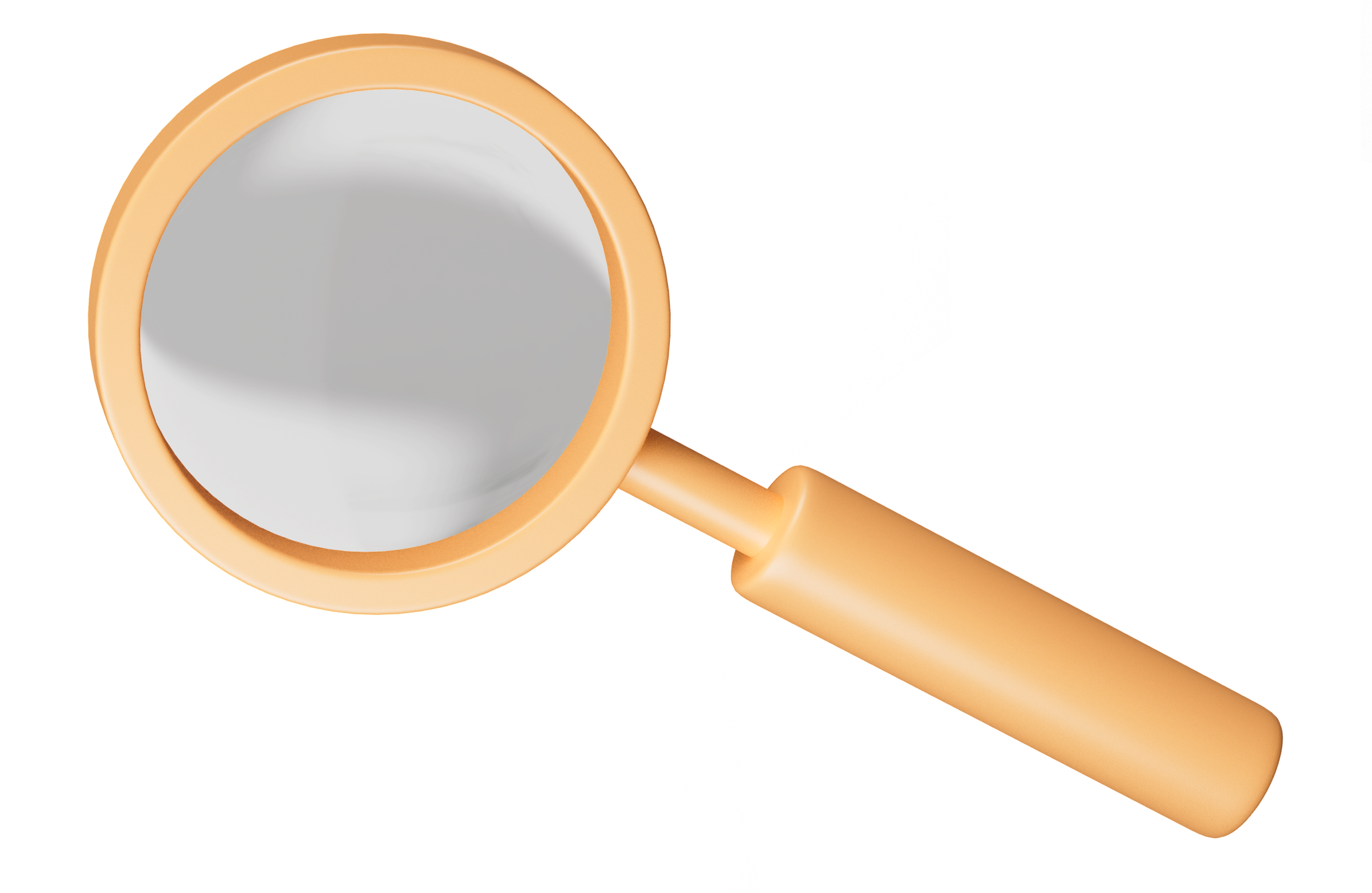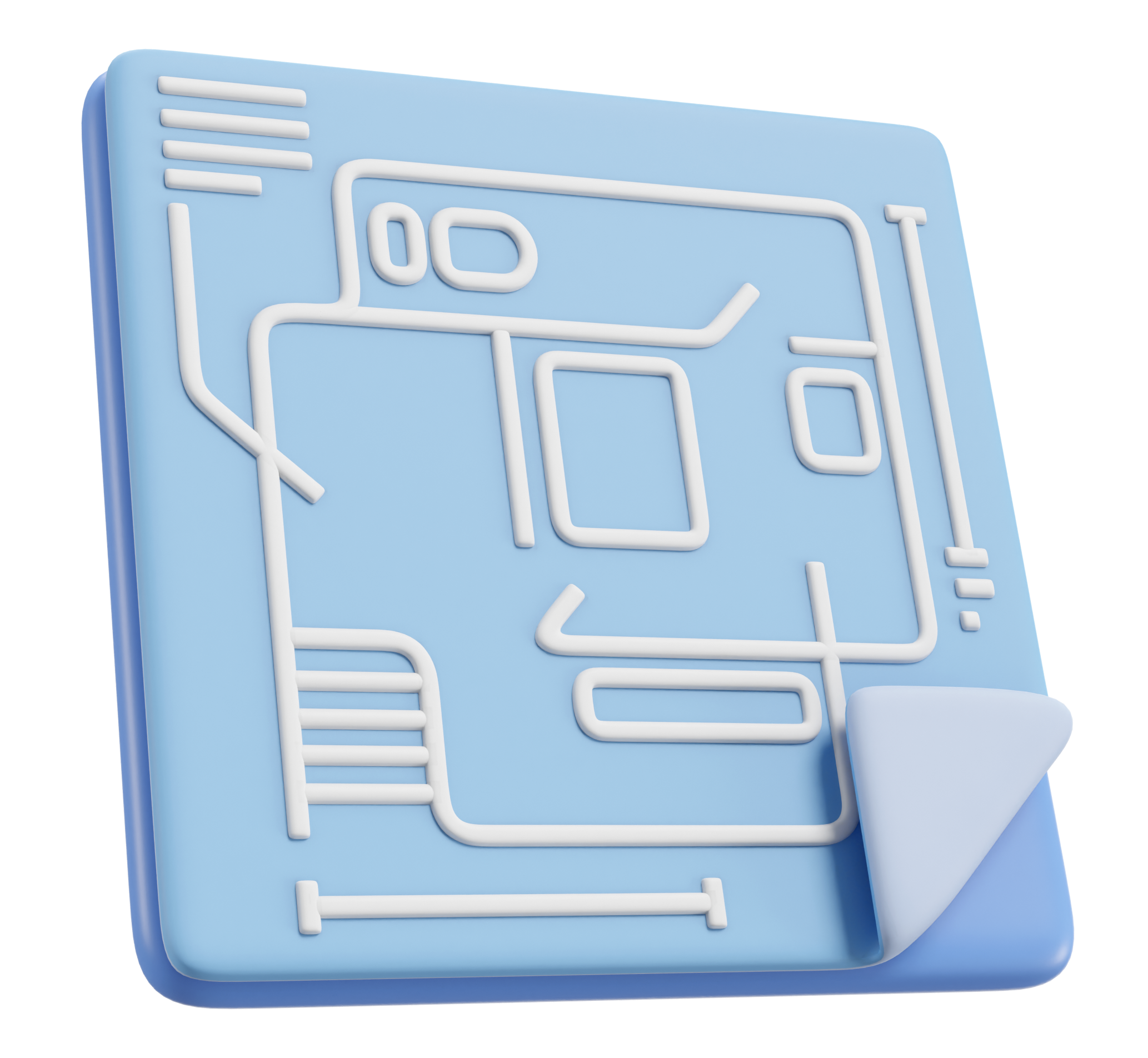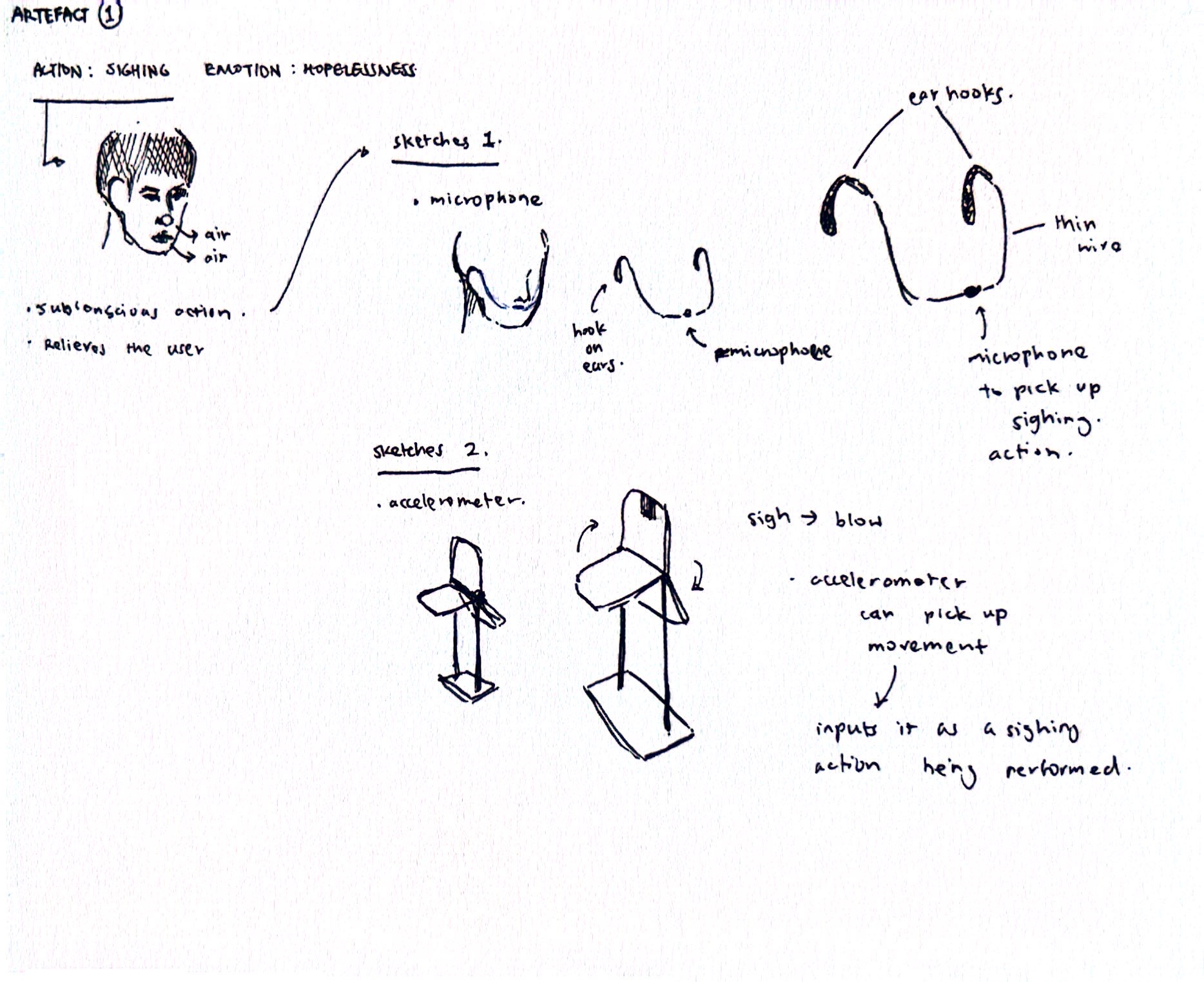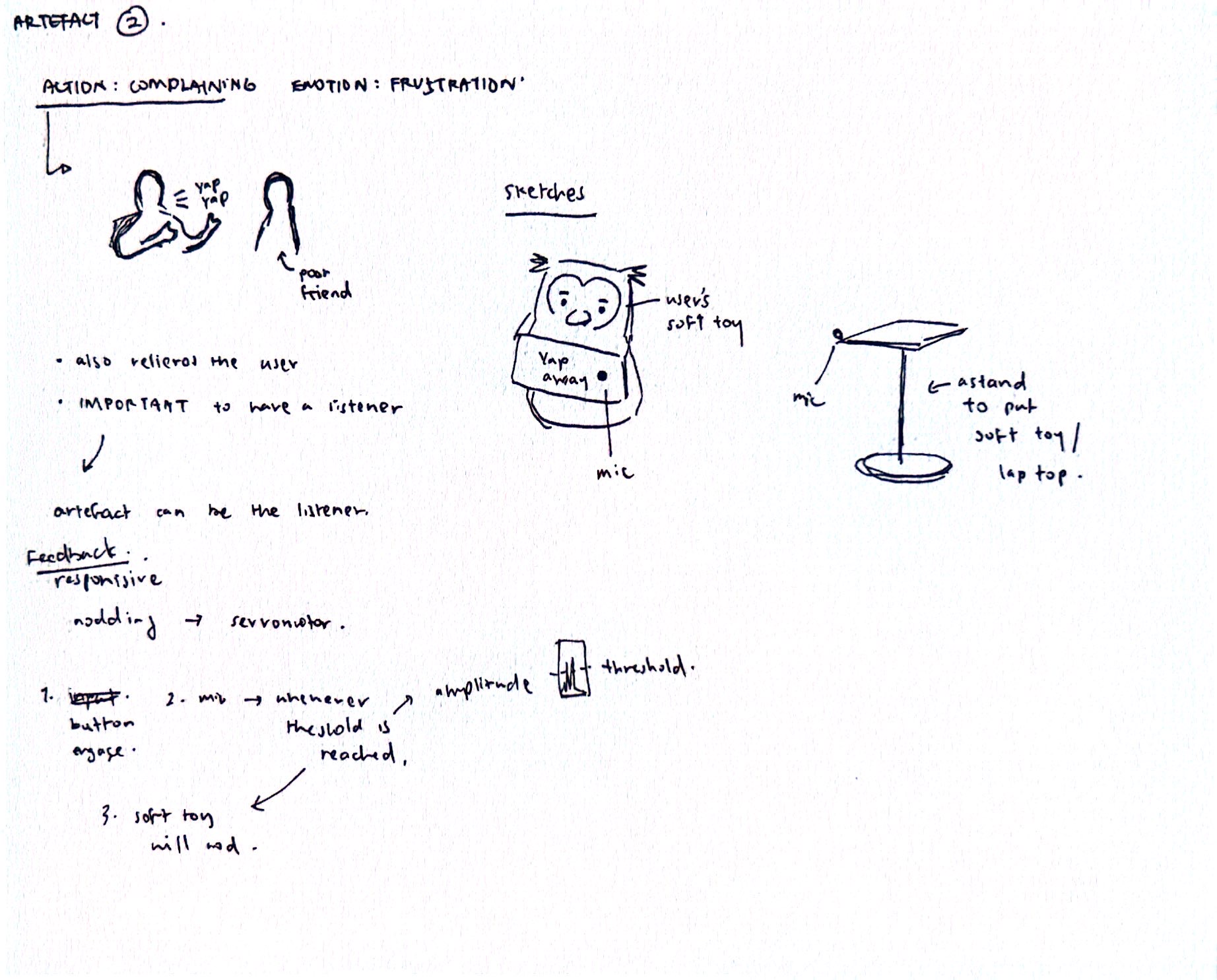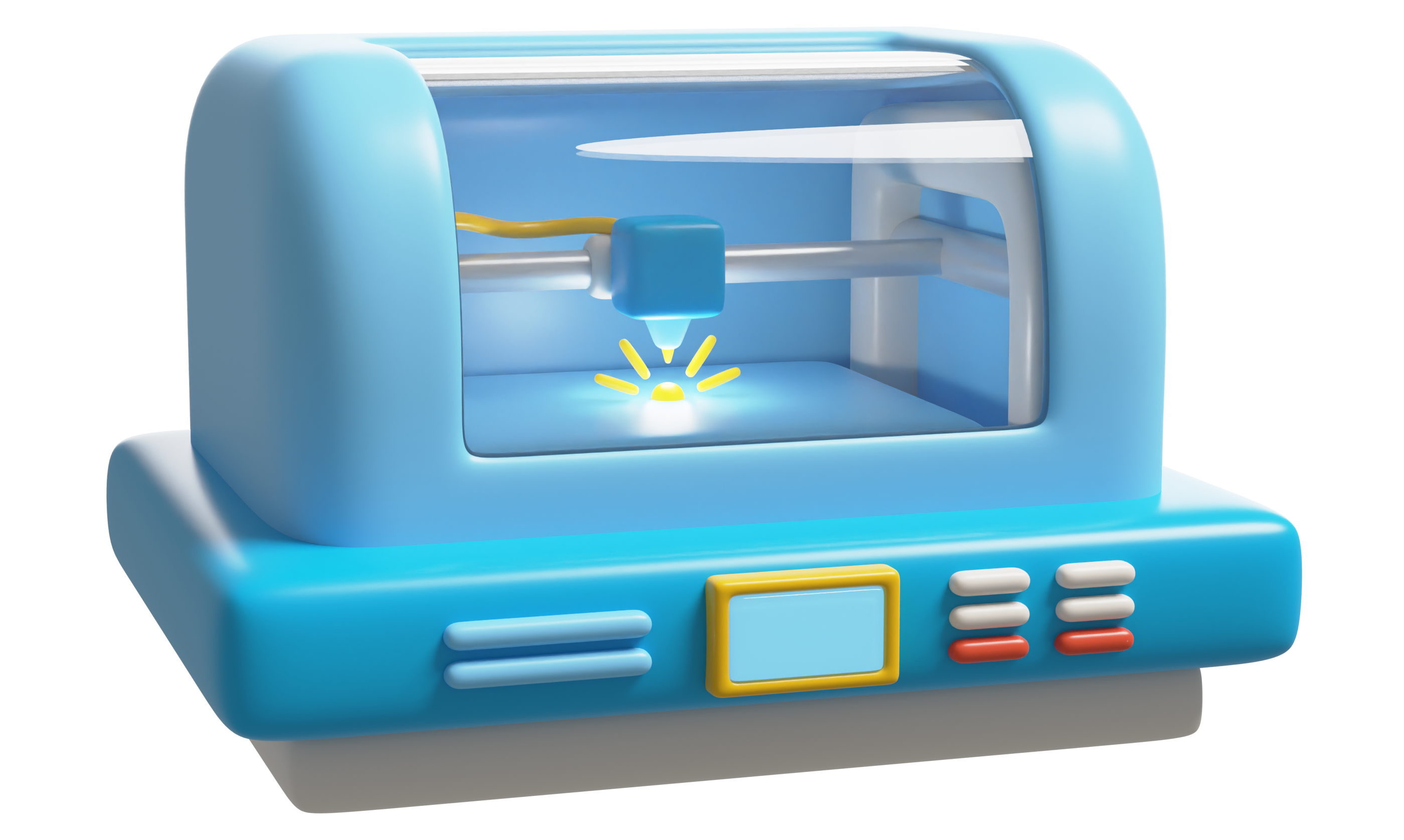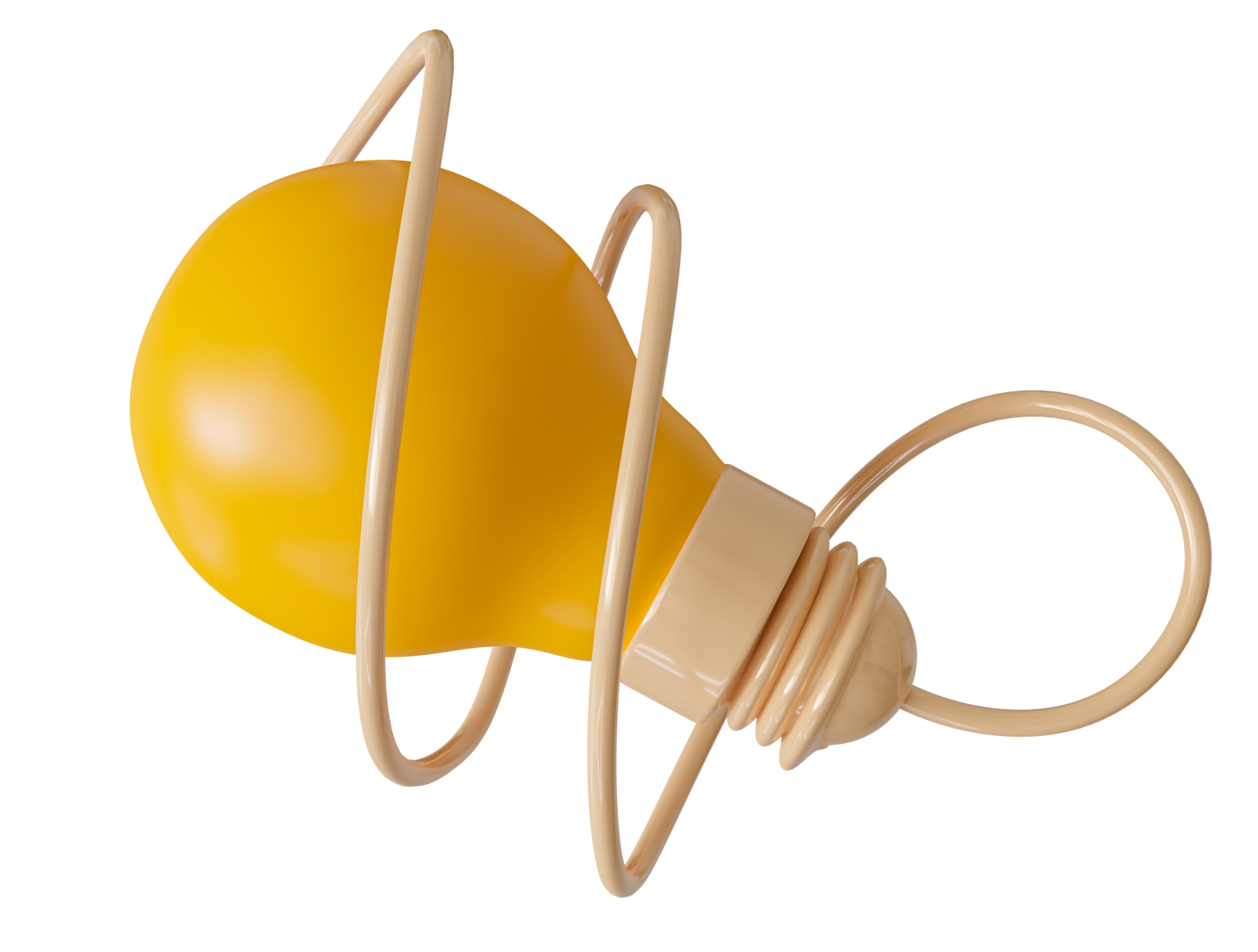
burnout measurement tools do already exist, but it requires the burnt out individual to take the first step in diagnosing themselves, which is something i don't see my target audience doing. i wanted to link subconscious actions to possible burnout symptoms and track them, perhaps this will be helpful to my target audience.
section 1: introduction and hypothesis
antidotes for bruised creatives started from the observation that creatives often ignore their mental and emotional wellbeing due to the unhealthy practices and nature of the job. burnout is a common consequence of this. this project is an exploration of subconscious ways to track a creative's emotional wellbeing using visual and progress tracking.
this project is semi-personal i guess. i'm not one to get mentally affected by burnout, but i feel like it shows it my creative work and my concentration levels. true to what i found through research, not being able to prevent burnout was a common problem among creatives. burnout develops from stage to stage, and if the symptoms are spotted earlier on, it is easier to implement preventive measures against it.
to start off this research as a fellow sufferer of burnout, i observed my own working habits. my hypothesis was that there would be physical signs a person would display that can be related to escalating symptoms of burnout.
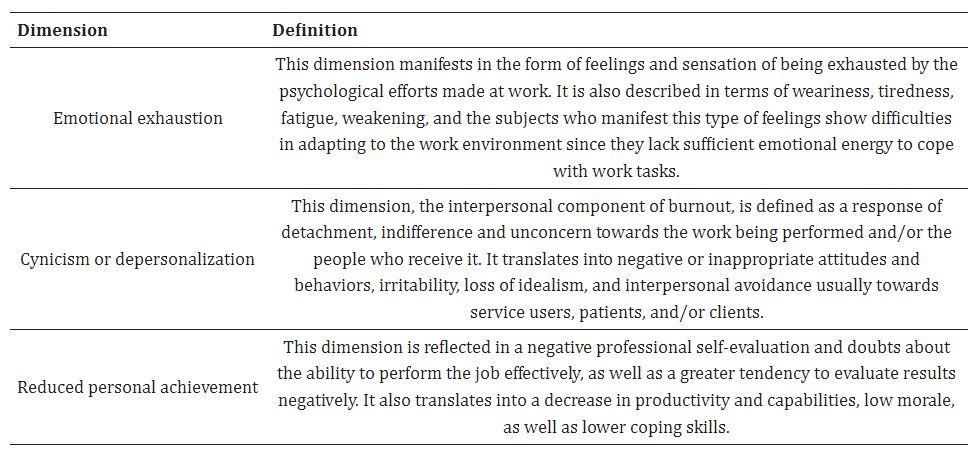

i listed some actions that can be linked to the symptoms displayed during the stages which are 'stressor' and 'emotional exhaustion', specifically, actions that are often displayed when the creative is working. this was derived from the observation that creatives lose track of time and themselves when they are working, and don't really know when they should take a break or take too many breaks (me lol). i wanted the project to be sort of a positive interuption into the creative's working practice when it senses that the individual's emotional levels are too intense.

initially, i tried focusing on all emotions (extremely silly of me to think i can achieve that) i ran out of time and energy. so this project focuses on identifying two emotions: anger/ frustration and hopelessness. these emotions were decided on through an observational study. (discussed in the next section)
my own experiences with these emotions were that i often expressed it through sighing and just simply giving up ! :) hopelessness was often expressed through stoning at my work space for a bit, sighing everytime i tried to continue with my work again. frustration was expressed through walking to somewhere else. if i had a friend around me, i would disturb them to relax my mind a bit (bless the victims of my yapping). my hypothesis is that these were universal ways of expressing these emotions, and i could use it to analyse how intense these emotions are felt by the creative. if these emotions are expressed in high levels, there is a higher possibility that the person is burnt out.
this was just my hypothesis for now, however, and emotions might not be expressed the same way in different people. this was how i concluded that i needed more evidence before i designed a system to collect and relief these stressful emotions.


